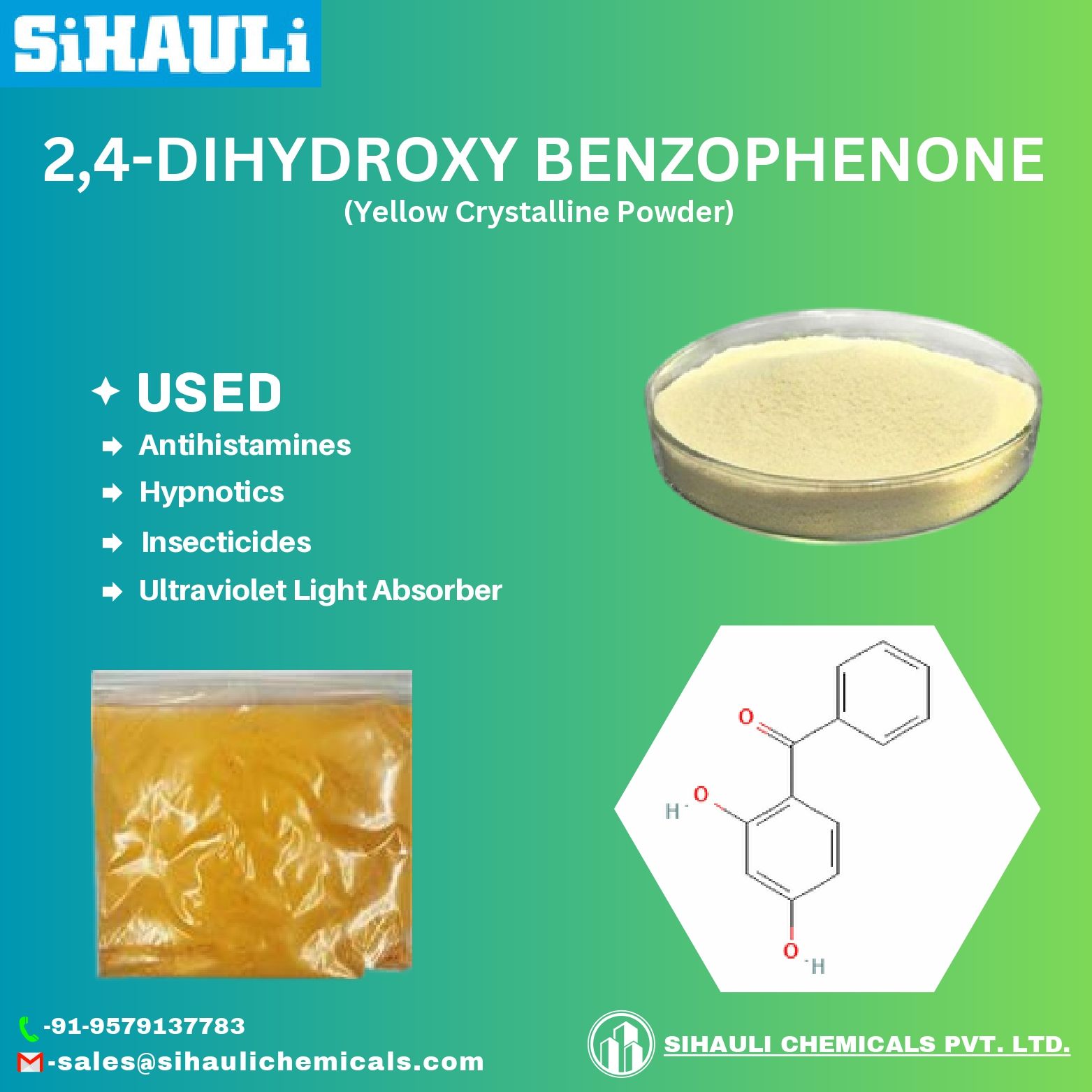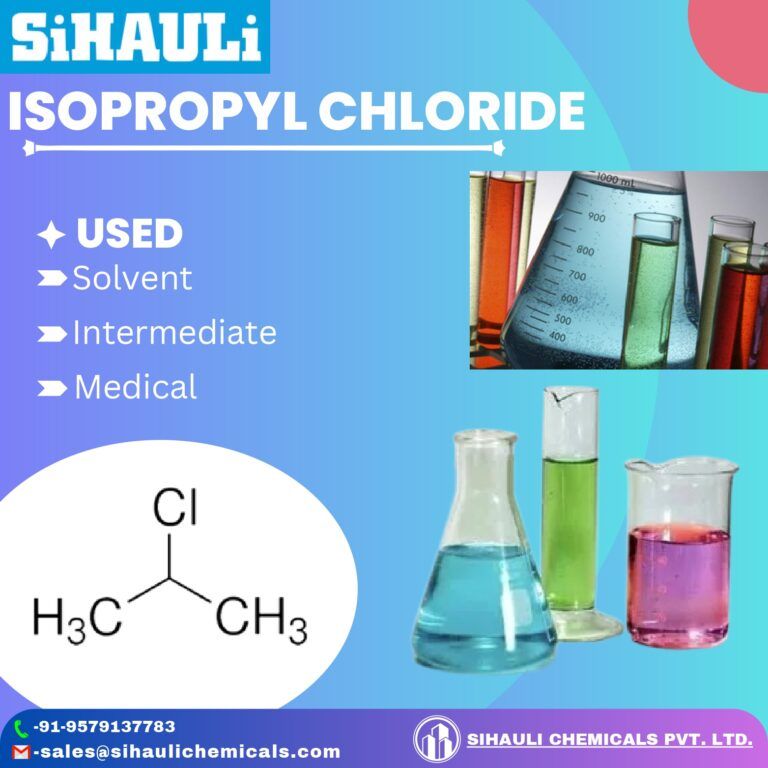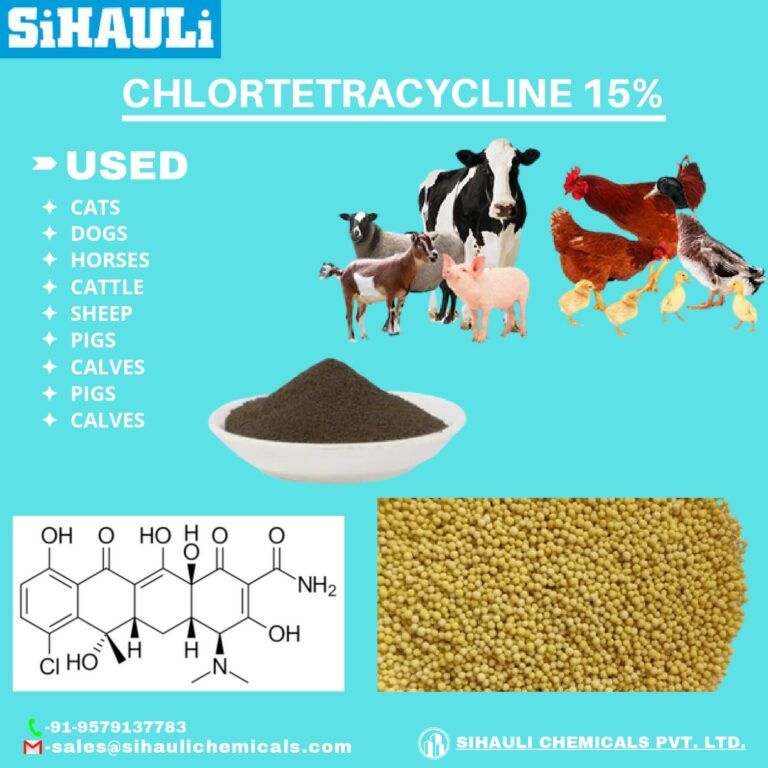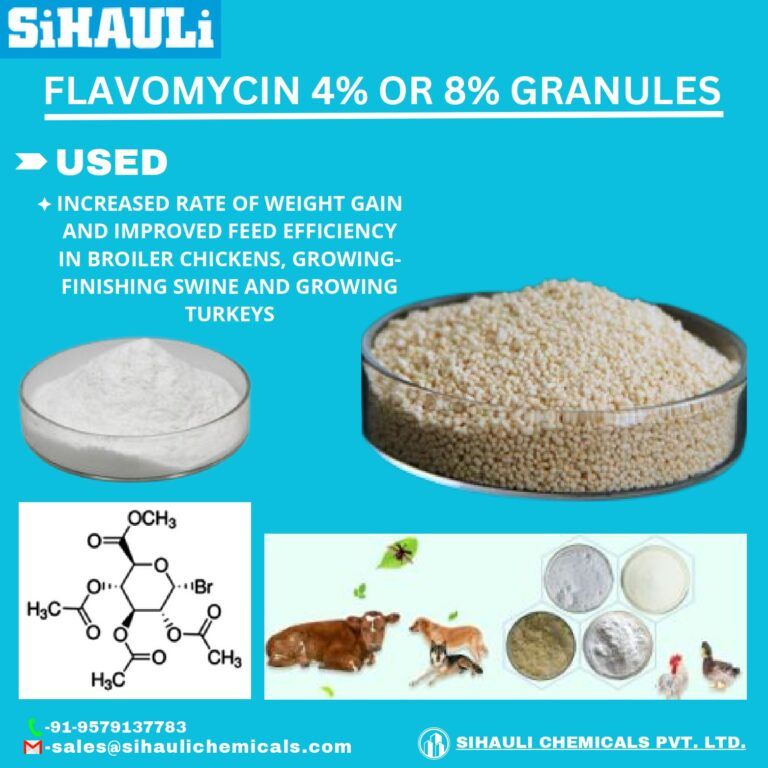2,4-Dihydroxybenzophenone is prepared substantially quantitatively and in a highly purified form by reacting resorcinol with a benzotrihalide in the presence of an aqueous solution of N-methylpyrrolidone and subsequently subjecting the crude reaction product mixture to vacuum distillation.
Description
The present invention relates to a process involving the use of an aqueous N-methylpyrrolidone reaction media and product purification by vacuum distillation in the preparation of 2,4-dihydroxybenzophenone from a resorcinol and a benzoic coreactant, particularly a benzotrihalide. In one aspect, the process resides in vacuum distillation of the crude reaction product mixture, and, in another aspect, the invention relates to the use of an aqueous solution of N-methylpyrrolidone as the solvent media for the reaction.
PRIOR ART
Heretofore 2,4-dihydroxybenzophenone has been prepared by reacting resorcinol with benzoyl chloride or benzoic acid under anhydrous conditions in the presence of Friedel-Crafts catalysts such as AlCl3 or ZnCl2. These processes have resulted in relatively low yields of product. The process is also inefficient since the moisture absorptive catalyst is consumed in an amount of at least 1 mole/mole of benzoic reactant. This, coupled with the low yield, creates serious waste disposal problems.
Various improvements for prior processes have been proposed to improve conversion to product. One such improvement involves the use of a lower alcohol or lower fatty acid solvent for the reaction between resorcinol and benzotrichloride, followed by decolorization with an active clay (U.S. Pat. No. 3,769,349). While this process succeeds in improving resorcinol conversion, the product generally contains a substantial quantity of impurities particularly reddish brown resorcinolbenzein colorant. Also, the patented process involving benzotrichloride requires complicated purification and recovery steps including adjustment of the pH to about 7, and treatment with a solid decolorizing agent followed by azeotropic dehydration and finally crystallization. In spite of the use of clay decolorizers, the product does not achieve expectations since the clay is incapable of completely removing highly colored impurities. It is apparent that the recovery of product by this improved process is both time consuming and economically unsatisfactory. Additionally, the use of certain solvents, such as carcinogenic dioxane, require special handling which greatly adds to the expense of the process.
It is therefore an object of the present invention to overcome the disadvantages enumerated above.
Another object of the invention is to provide an improved and commercially feasible process for the preparation of 2,4-dihydroxybenzophenone in high yield.
Still another object of the invention is to provide for direct and economic recovery of 2,4-dihydroxybenzophenone in a more purified state from a crude reaction mixture.
Yet another object is to provide an economical process for the purification of arylphenones when produced by any method which coproduces impurities and colorants difficult to remove by conventional methods.
These and other objects of the invention will become apparent from the following description and disclosure.




